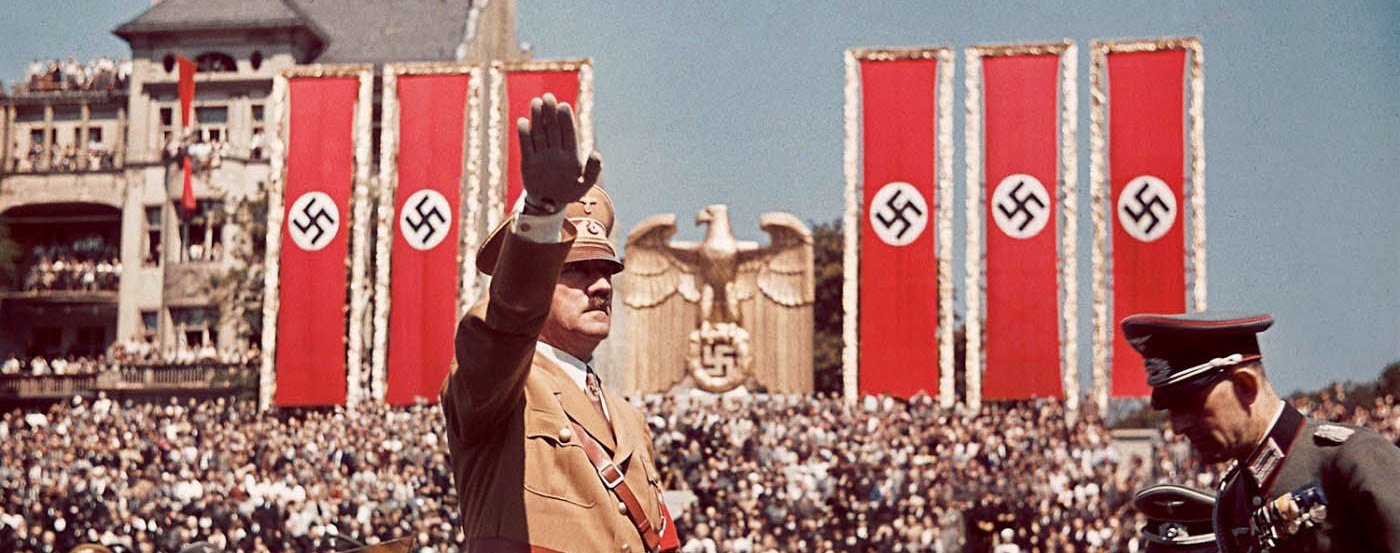
The Road to World War Two
The unpaid debt of World War One
World War I was over. The united forces of Great Britain, France, Italy and the United States of America - the Entente - defeated the armies of Germany, Austria-Hungary and the Ottoman Empire - the Central Powers.
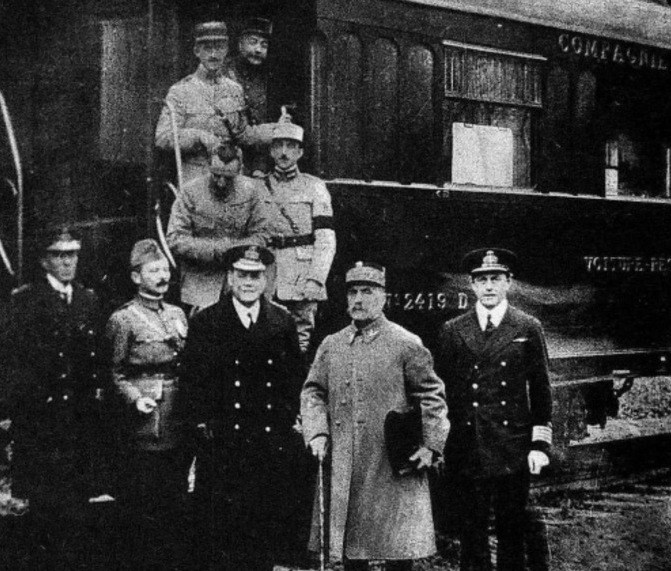
1 of 2
The armistice between the Entente and Germany was called the Armistice of Compiègne, after the place it was signed. This was the deal which stopped the fighting in western Europe.
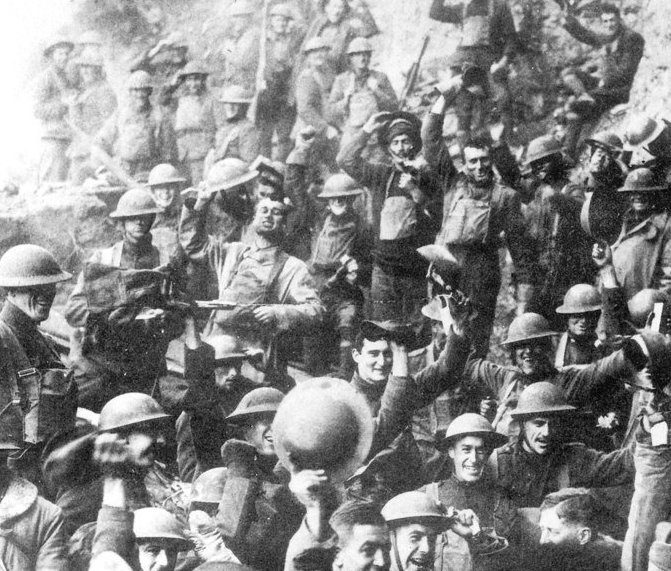
2 of 2
Even though the armistice ended the fighting, it took six months to negotiate peace. Peace was signed during the Paris Peace Conference. The peace treaty was recorded by the Secretary of the League of Nations and printed amongst the treaties of the League of Nations.
The Treaty of Versailles was signed. In this treaty, Germany was forced to demobilize, to make substantial territorial concessions and pay damages to the countries which were part of the Entente.
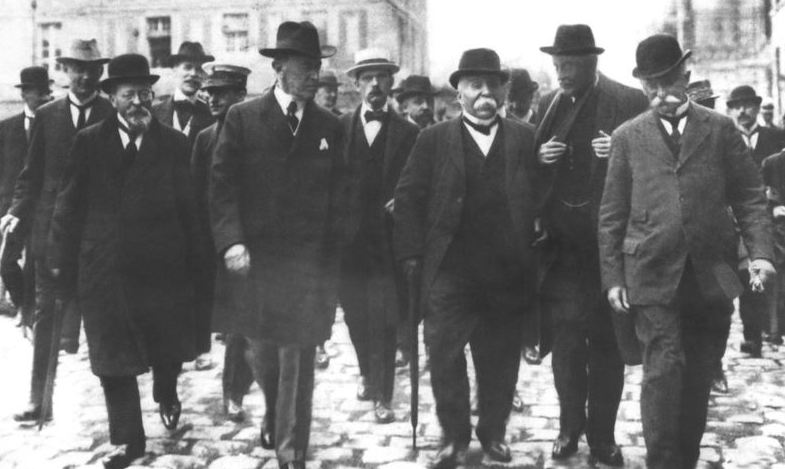
1 of 4
The treaty affected Germany in various ways. Germany lost the provinces of Alsace and Lorraine, which were returned to France. Eupen-Malmedy was given to Belgium, and Schleswig-Holstein to Denmark. The most serious losses were in the east, where Germany lost a large portion of western Poland. The region was given back because Poland regained its independence after more than a century in which its territory had been divided between the Tsarist Empire, the German Empire and Austria-Hungary. Also, Germany lost territories to the new state of Czechoslovakia.
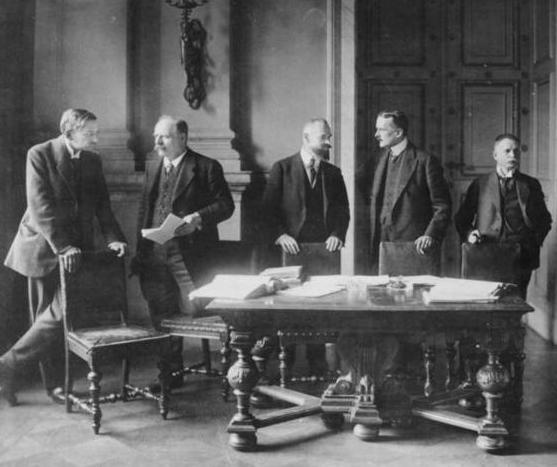
2 of 4
Germany lost its African colonies and was forbidden to create a united state with Austria. The Rhineland was demilitarized. Thus, the number of German armed forces was reduced to 100,000 people, with no obligatory military service. At the same time, Germany was forbidden to produce or import weaponry.

3 of 4
The German economy was so weak that only a small percentage of the 132 billion gold marks of damages demanded was actually paid in currency. Even so, this was a significant burden for the German economy. Although the causes of hyperinflation after the war were complex and hotly contested, still the Germans blamed the Treaty of Versailles for the collapse of their economy. Some economists estimated that the payment of war damages was responsible for one third of the hyperinflation.
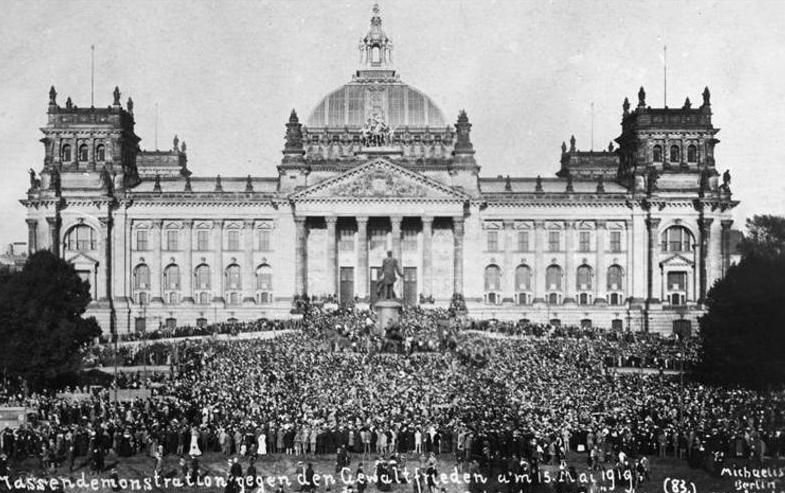
4 of 4
Germany was not accepted at the peace negotiations. Thus, shortly after their withdrawal from the actions of the Peace Conference, the German government emitted a protest against the demands of the treaty. The Germans considered the requests to be disloyal, seeing them as an affront to their honor. Regardless of their political stance, all Germans denounced the treaty as an insult to national honor, especially the article blaming Germany for beginning the war.
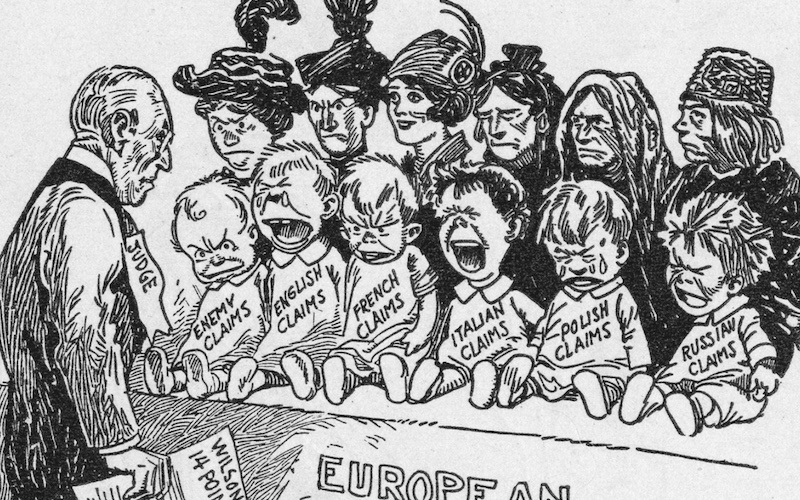
The End of World War One and the Paris Peace Conference
World War I was the most terrifying carnage humanity had ever known. At the end of the 52 months of war, the statistics were shattering: over 9 million lives lost, with probably the same number of people suffering from some kind of illness or disability after the battles.

Hitler’s Rise to Power
After his unsuccessful attempt to overthrow the government of the province of Bavaria, Hitler was imprisoned. In prison, he wrote his autobiographical book Mein Kampf, ‘My Struggle’. Mein Kampf was the reference work for the entire Nazi ideology. It was the inspiration which ‘justified’ Germany’s expansion and its entire genocidal policy.
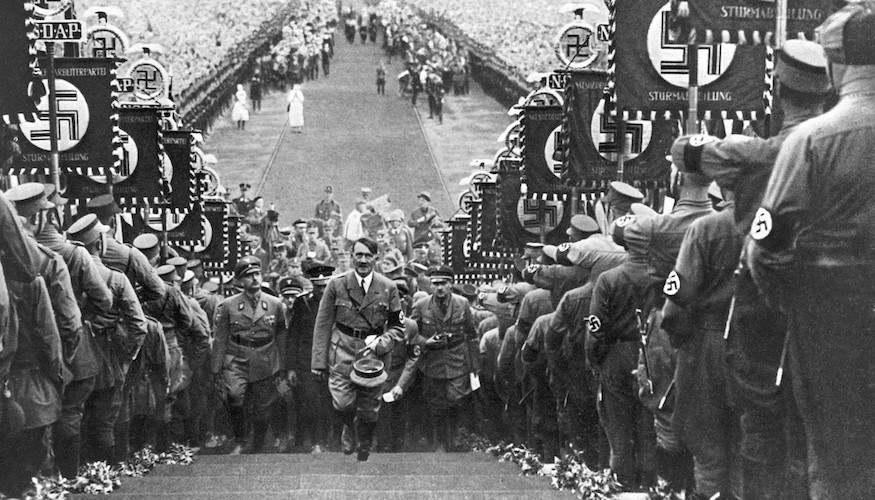
Nazi Germany
Once Hitler had taken over Germany’s destiny, foreign policy turned towards destroying the diplomatic edifice of the Treaty of Versailles, which many Germans saw as a humiliating ‘Diktat’. The occupation of the demilitarized area of the Rhineland was a definitive failure of the collective security. It opened up the way for the Second World War.
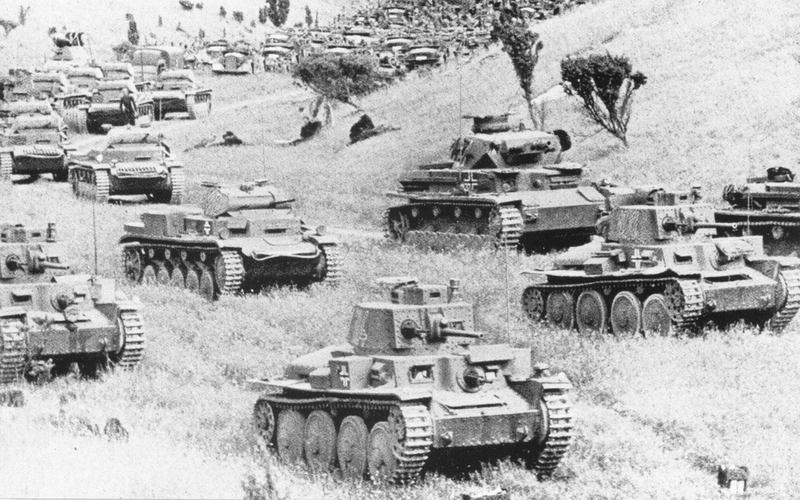
Blitzkrieg
Blitzkrieg literally means ‘lightning war’. This tactic describes an offensive military doctrine used by the German Army during World War Two.
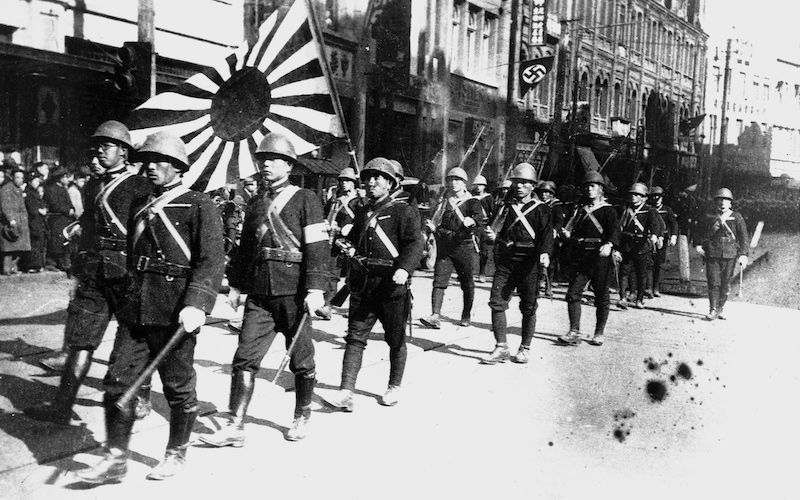
Japan on the Path to World War Two
The path that led Japan on one side, and the United States, China and Britain on the other to war is long and complex. The origins of the conflict can be identified in Japan's unique history and culture, nurtured by the expansionist tendencies of its leaders in the 1930's.
- Constantin Vlad, Diplomaţia secolului XX, Fundaţia Europeană Titulescu, Bucureşti, 2006
- Constantin Hlihor, Istoria secolului XX, Ed. comunicare.ro, Bucureşti, 2000
- Marea conflagraţie a secolului XX : A doilea război mondial, Ediţia II, Ed. Politică, Bucureşti, 1974
- Nicolle David, The Italian Invasion of Abyssinia 1935–1936, Westminster, Maryland, Osprey Publishing, 1997
- Helen Graham, The Spanish republic at war, 1936–1939, Cambridge, Cambridge University Press, 2002
- Andrew Roberts, Furtuna războiului,O nouă istorie a celui de-al Doilea Război Mondial, Litera, București, 2013





